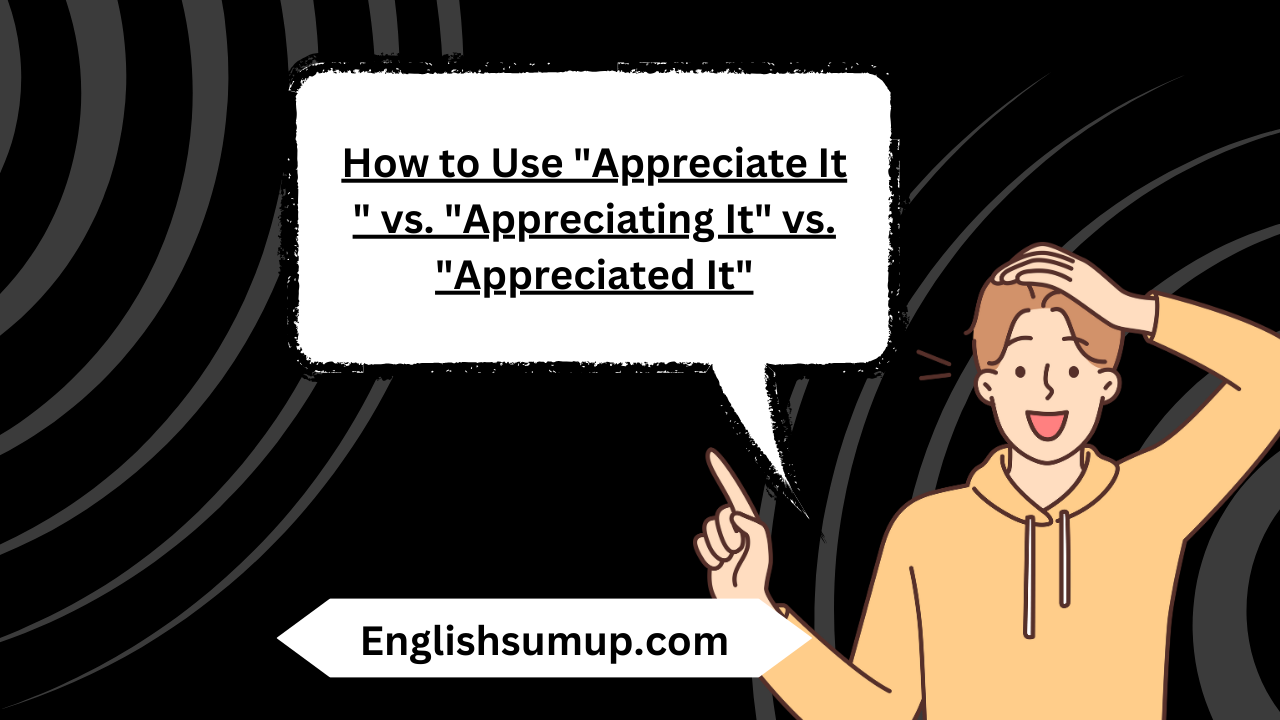Using the term “Here is the details” is inaccurate and grammatically incorrect.
The correct and appropriate phrase is “Here are the details,” which is employed when presenting information or data comprising multiple pieces, facts, or items. This formulation adheres to proper grammar rules, ensuring clarity and precision in conveying complex ideas or comprehensive sets of information. Choosing the grammatically proper expression, such as “Here are the details,” enhances the overall professionalism and effectiveness of communication.
What is the Difference: “Here Is the Details” vs. “Here Are the Details”
The difference between “Here is the details” and “Here are the details” lies in their grammatical correctness and usage. “Here is the details” is grammatically incorrect, as it pairs a singular verb (“is”) with the plural noun “details.” On the other hand, “Here are the details” is the correct form, utilizing the plural verb “are” to match the plural noun “details.” The latter is the appropriate choice when presenting information involving multiple pieces, facts, or items. Always opt for “Here are the details” for accurate and grammatically sound communication.
Here Is the Details
The expression “Here Is the Details” is linguistically incorrect due to a mismatch between the singular verb “is” and the plural noun “details.” In English, the verb “is” should be coupled with a singular noun for grammatical accuracy. Therefore, using “is” in this context deviates from standard English usage. It is essential to opt for the correct construction, such as “Here Are the Details,” where the plural verb “are” appropriately corresponds with the plural noun “details.” This ensures grammatical precision and adherence to language conventions.
“Here Are the Details”
In the context of communication, clarity and grammatical correctness play crucial roles. The phrase “Here Are the Details” exemplifies a grammatically sound and effective way to present multifaceted information. The use of the plural form “are” correctly aligns with the plural noun “details,” ensuring linguistic precision. This phrase serves as a grammatically accurate alternative to the erroneous expression “Here Is the Details,” where the singular verb “is” conflicts with the plural nature of “details.”
Examples from the Web:
“Here are the details on the Best Buy program and Radio Shack’s.” – The New York Times
“Here are the details: We’re offering a copy of Mirror’s Edge to the person who submits the best Cover Artwork for our spaceship-themed game.” – The Guardian, Tech
“Here are the details for how one applies Boole’s General Method to this particular example.” – SEP
Example Sentences:
“Here are the details of our upcoming event, including the date, time, and venue.”
“I’ve prepared a report on the project’s progress. Here are the details you requested.”
“If you’re interested in our vacation package, here are the details of the destinations and prices.”
“Here are the details of your reservation, including your check-in time and room number.”
“To apply for the scholarship, please review the eligibility criteria. Here are the details.”
“As requested, here are the details of our pricing plans and services.”
“Here are the details of the job opening, including the responsibilities and qualifications required.”
“If you need information on the warranty, here are the details outlined in the manual.”
“Here are the details of the contract, specifying terms and conditions for both parties.”
“I’ll email you shortly with the presentation slides attached. Here are the details of our meeting tomorrow.”
When to Use: “Here Are the Details”
Use the phrase “Here Are the Details” whenever you intend to present information comprising multiple pieces, facts, or items. It stands as the grammatically proper choice, ensuring your communication is both clear and in adherence to language conventions. Whether you’re conveying event particulars, project updates, pricing plans, or any comprehensive information, this phrase maintains a professional and accurate tone.
Synonyms:
Here Are the Facts: A synonymous expression for “Here Are the Details,” commonly employed when conveying comprehensive information or data that consists of multiple elements.
Here Is the Information: An alternative phrase emphasizing the singular nature of the information being presented.
Common Idioms:
Lay It All Out: This idiomatic expression implies presenting all relevant details or information, frequently used in professional or decision-making contexts.
Give Me the Lowdown: An informal way of requesting someone to provide all the essential information or details.
Summary:
In navigating the choice between “Here Is the Details” and “Here Are the Details,” the crux lies in subject-verb agreement. Opting for “Here Are the Details” is imperative when disseminating multiple pieces of information to ensure precision in communication. This nuanced understanding not only facilitates accurate expression in written and spoken English but also contributes to fostering clarity in various communication contexts.
Understanding the intricacies of these phrases is akin to deciphering the art of effective communication. “Here Are the Details” emerges as the grammatically correct choice when the information being presented comprises various facets, facts, or items. This choice resonates not only with language conventions but also with the need for clarity and precision.
Exploring Synonyms:
Here Are the Facts: This synonym highlights the factual nature of the details being presented, underscoring accuracy and reliability.
Here Is the Information: While an alternative, this phrase places emphasis on a singular piece of information, suitable for situations where singular focus is crucial.
Unpacking Common Idioms:
Lay It All Out: The metaphorical imagery of laying out all the details like a carefully arranged tableau signifies transparency and thoroughness, making it an apt choice in professional scenarios.
Give Me the Lowdown: The informality of this idiom injects a casual and approachable tone, ideal for soliciting essential information without the stiffness of formal language.
In Conclusion:
In the realm of effective communication, nuances matter. The choice between “Here Is the Details” and “Here Are the Details” extends beyond grammatical correctness; it reflects an understanding of how language shapes perception. Opting for the plural form aligns with presenting a comprehensive picture, ensuring that the richness and complexity of the details are appropriately conveyed.
As you navigate professional communication, embracing these subtleties equips you with a linguistic toolkit for various scenarios. The ability to choose the right phrase not only enhances your written and spoken communication skills but also elevates your overall effectiveness in conveying information accurately and with impact.










